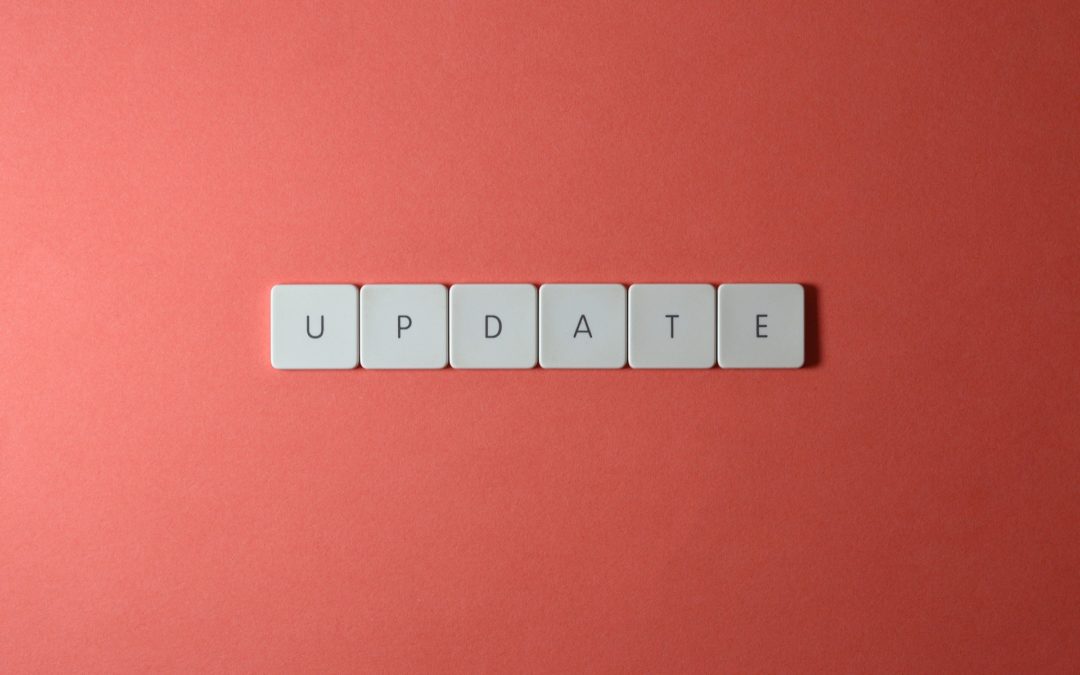
Subscribe to Our Newsletter
Stay updated with the latest in AI training, compliance insights, and new course launches—delivered straight to your inbox.
Quick Takeaways from the DCWP Rules Hearing on AEDTs – NYC Local Law 144
NYC’s Local Law 144, which requires NYC employers to perform third party, independent bias audits on automated employment decision tools (AEDT) that meet certain criteria, has been in effect since 01/01/2023, but the final rules are still being constructed.
Today’s Rules Hearing with the NYC Department of Consumer and Worker Protection (DCWP) comes at a time when employers are looking for final guidance prior to the law’s enforcement date, 04/15/2023 07/05/2023 (Updated in Final Rule released 04/06/23).
Below are several key takeaways from public commentators at the hearing on AEDTs. Overall, only one of the public comments recommended substantially reducing the scope of the law; each of the other commentators recommended closing loopholes, broadening the group to be regulated, and otherwise enhancing the scope of the law.
- The final definition of AEDT is critical to how employers will need to comply with the law
- Specifically, the current Proposed Rule Amendments define AEDTs as tools that will either replace or override human decision making
- Comments were concerned that this overly narrow definition could reduce the intended positive impact of the law by creating loopholes for compliance
- Comments wanted to leave the definition broader to accommodate future innovation with these tools, while capturing unforeseen instances of bias perpetuation
- These audits are meant to protect both the employee and the employer
- Comments mentioned that only does reduced bias improve outcomes for protected employees, but it helps businesses access more talent that its tools may be preventing them from reaching
- Comments focused on how tools were tested in these audits, beyond the current recommendations
- Whether it was “interrogating the tools” to make sure they worked properly, to cross-validating data to sharpen statistical analysis of individual data sets, comments were already thinking ahead to drawing meaningful, actionable insights from the bias audits.
We will keep you posted on any further updates. Please refer to our other posts for a full breakdown of the law: